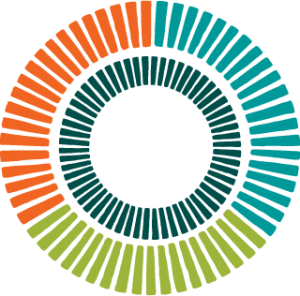Trigger funds are a drawdown private credit fund structure designed to help an institutional investor deploy capital in a timely fashion in distressed debt strategies, for which it is difficult to time the cycle, and in which an event can quickly yield an investment opportunity. The “trigger” is designed to generate a drawdown of investable capital.
There are typically two types of trigger fund structures, which can be either open end or closed end structures:
- Fund A and Fund B Structure: Fund A provides opportunistic capital through a cycle with no trigger; Fund B provides dislocation capital should there be an event trigger. Investors can make allocations to one or both.
- Single Fund Structure: Trigger and opportunistic baskets are created within a single fund structure.
- Basket No. 1: all-weather opportunistic bucket—say 20%-30% of the fund—includes capital that can be deployed throughout the life of the fund in less cyclical, opportunistic ideas
- Basket No. 2: distressed bucket designed to draw down investable capital once one or more of the predetermined triggers are tripped
In both examples, fund pricing is structured with fees paid on investable capital only—it would be rare for investors to pay on committed capital that may not be triggered during the life of the fund.
There are several types of triggers in the distressed space. In structuring capital drawdown triggers, the triggering event is generally a leading indicator of a distressed investment opportunity or the beginning of a distressed cycle.
Trigger levels are generally set by looking at historical data points that have been leading indicators to distressed cycles. Typical triggers seen in the market recently include:
- A high yield spread trigger (e.g., high yield spreads blow out 750-1,000 bps)
- A certain percentage of high yield bonds/leveraged loans trading below 80 cents on the dollar
- A high yield default rate reaching in excess of historical averages (i.e., 4%-6%)—note that default rates can be lagging indicators
Trigger fund strengths:
- Provide general partners with dry powder from their investor base that they can swiftly put to work in the case of market dislocation
- Enable limited partners (LPs) to have a commitment in place that can be deployed should the distressed cycle shift
- Avoid the need to go through the LP’s investment committee approval process that may not be quick enough to put a commitment in place to capture an opportunity
- Can be structured with an underlying opportunistic basket that can capture idiosyncratic opportunities outside of a full distressed cycle
Considerations:
- An LP commitment could sit dormant, with the exception of the opportunistic investment basket, for some time; there is an opportunity cost to having an undrawn commitment sitting in the portfolio.
- The triggers may not be the right ones or at the right levels, thus not triggering the fund when there is a compelling opportunity.

